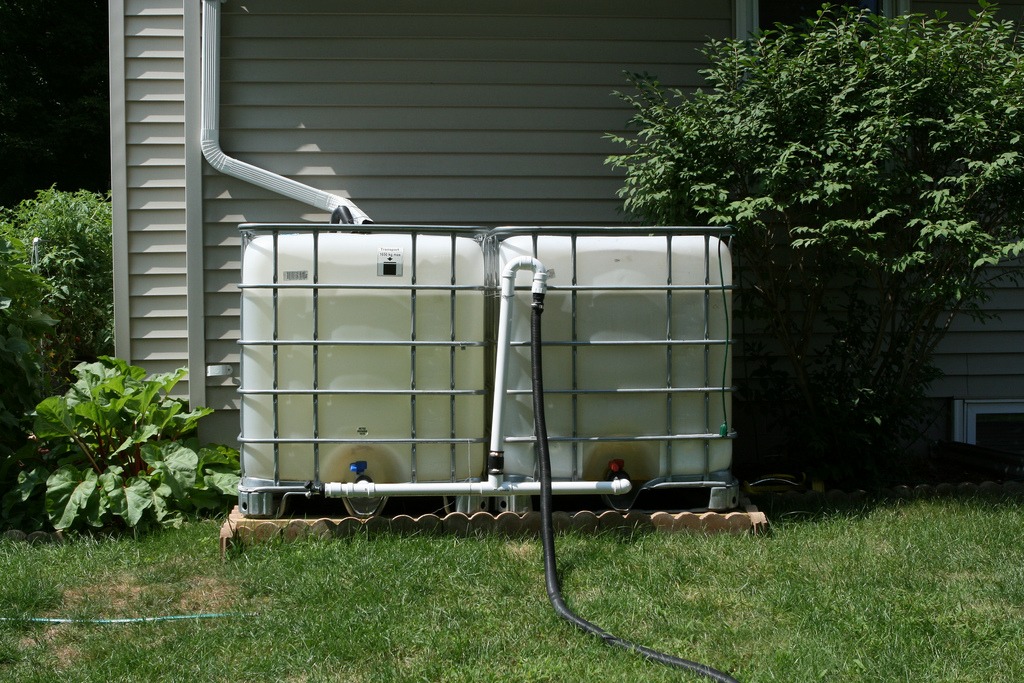
Rainwater harvesting is the practice of collecting rainwater that falls down a catchment area and keeping it in a water tank during rainy days. Before the rainwater is stored in a water tank, it falls first on a catchment area like a roof in your house, then it flows down a roof gutter before it is carried by a pipe down to a water tank. The process of rainwater harvesting shows that rainwater passes different paths before it enters the water tank, and this implies that there is a high chance that the rainwater that is stored in a water tank is contaminated.
Keep in mind that roofs, gutters, and pipes are exposed to the elements. For this reason, it is advised to have filtration in your rainwater harvesting system.
The process of filtration is divided into two: pre-filtration and post-filtration
Pre-filtration takes place before the collected rainwater enters a water tank. Usually, pre-filtration is done by gravity-driven filters and is usually required if the rainwater stored will only be used for irrigation. On the other hand, post-filtration takes place when a rainwater leaves the water tank, it is usually pressure driven filters. Post sediment filtration and disinfection are usually required if the collected rainwater is used for indoor purposes such as toilet flushing, washing (clothes, dishes,) or shower usage. On top of that, if the water stored will be used for a human intake like drinking, reliable filters should be installed to assure that the water is safe and clean.
There are different types of filter available on the market like mesh gutter, leaf guard, downpipe filter, in-line filters, in-tank filters. All of these filters need to be installed in your system.
Mesh gutter and leaf guard filters serve as a shield that protects roof gutters from the falling leaves and debris which might enter the downpipe. Due to height conflict cleaning, it would be a little hard, however, if your downpipe and in-line filters are good then having one is not really a necessity.
Downpipe filter is same with mesh gutter leaf-guard filter that keeps out leaves and any debris from entering in the water tank and usually it is used for above ground water tank, on the other hand, in-line filters are used usually for tanks built below the ground like an underground tank. It is best suited for horizontal drainage run with vertical or near-horizontal mesh surface beside it is made for that purpose.
In-tank filters are filter installed in a purchased water tank, however, maintaining such filter is hard especially when the water is buried below the ground, a separate pre-tank filter is better because it is way simpler to maintain.
Ultraviolet disinfection is essential when it comes to safe drinking of your rainwater because it allows the rainwater to pass through a glass tube and expose it in an ultraviolet light that destroys the present microorganisms which will result in sterilized water.
Rainwater can be used in many ways, whether for household chores or for human intake. For this reason, one needs to keep in mind and pay attention to the safety and cleanliness of the rainwater. There are a lot of water tanks on the market such as steel tanks, underground tanks, poly tanks, slimline tanks etc. Yet a household cannot enjoy their use without a reliable filtration system. For this reason, it should also be considered. A water tank with the capability to store lots of water complemented by a filtration system assures you a good quality water supply that can be used in different ways.



Leave A Comment